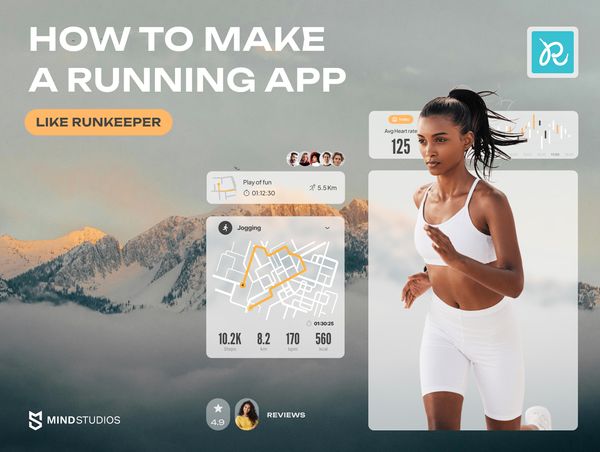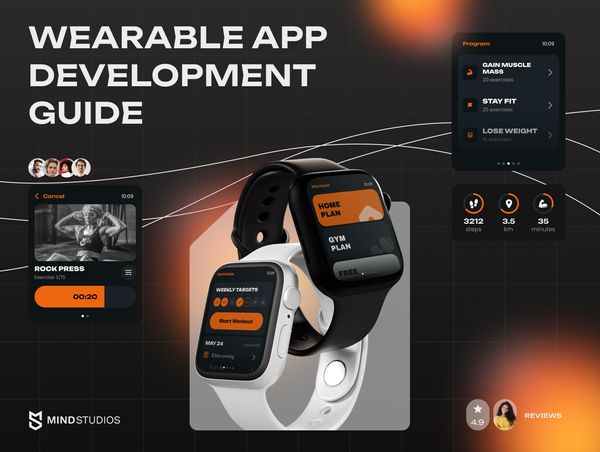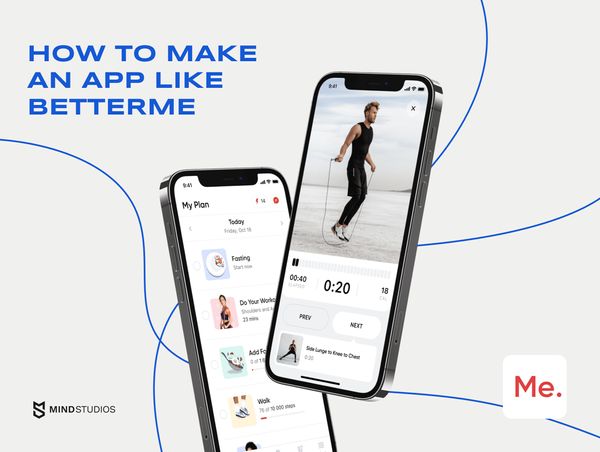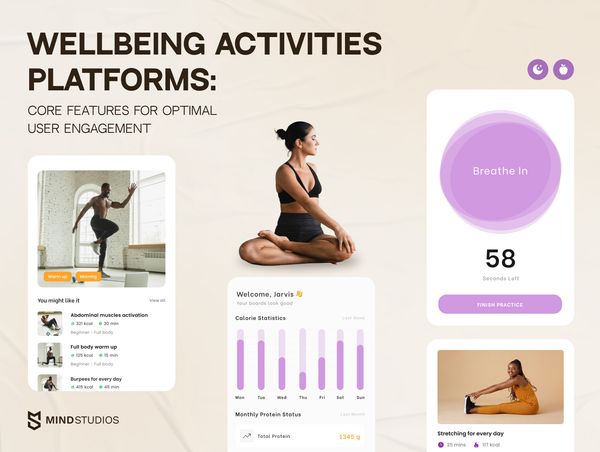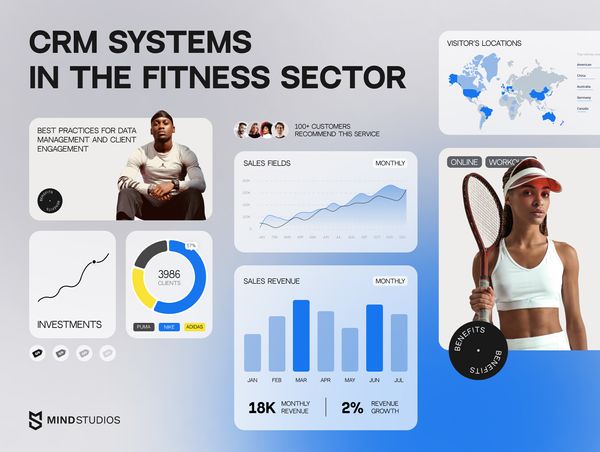
Communicating with clients, renewing memberships, processing feedback, and managing finances while working on strategic business tasks can feel like a juggling act. It’s also the reason why fitness CRM software is becoming so popular: if you can automate numerous management tasks and focus on what requires human expertise, why not do it?
In our experience building software for sports professionals, we’ve seen how customer relationship management systems can not only streamline operations but also help foster a thriving fitness community. CRM solutions serve as a tool to empower coaches, taking over routine tasks and allowing them to do what they do best: guide their clients’ fitness journeys.
So, which features do fitness CRM systems need to make such an impact? How can you implement them? And what’s the secret to maximizing their power to engage clients? That’s what we explore in this article.
Significance of CRM in the fitness industry
Over 200 thousand health and fitness clubs, around 184 million gym memberships, and 385 million fitness app users — that’s the data-backed evidence of how big the fitness industry is. In such a dynamic and expansive sector, the significance of customer relationship management (CRM) systems cannot be overstated.
CRM software for gyms, personal trainers, and online fitness platforms are comprehensive solutions designed to organize and manage customer data, interactions, and relationships. They work by centralizing client information, allowing fitness businesses to track and analyze individual preferences, behaviors, and engagement patterns.
So, how exactly does it work? And what are the palpable benefits of using fitness CRM systems? Let’s find out.
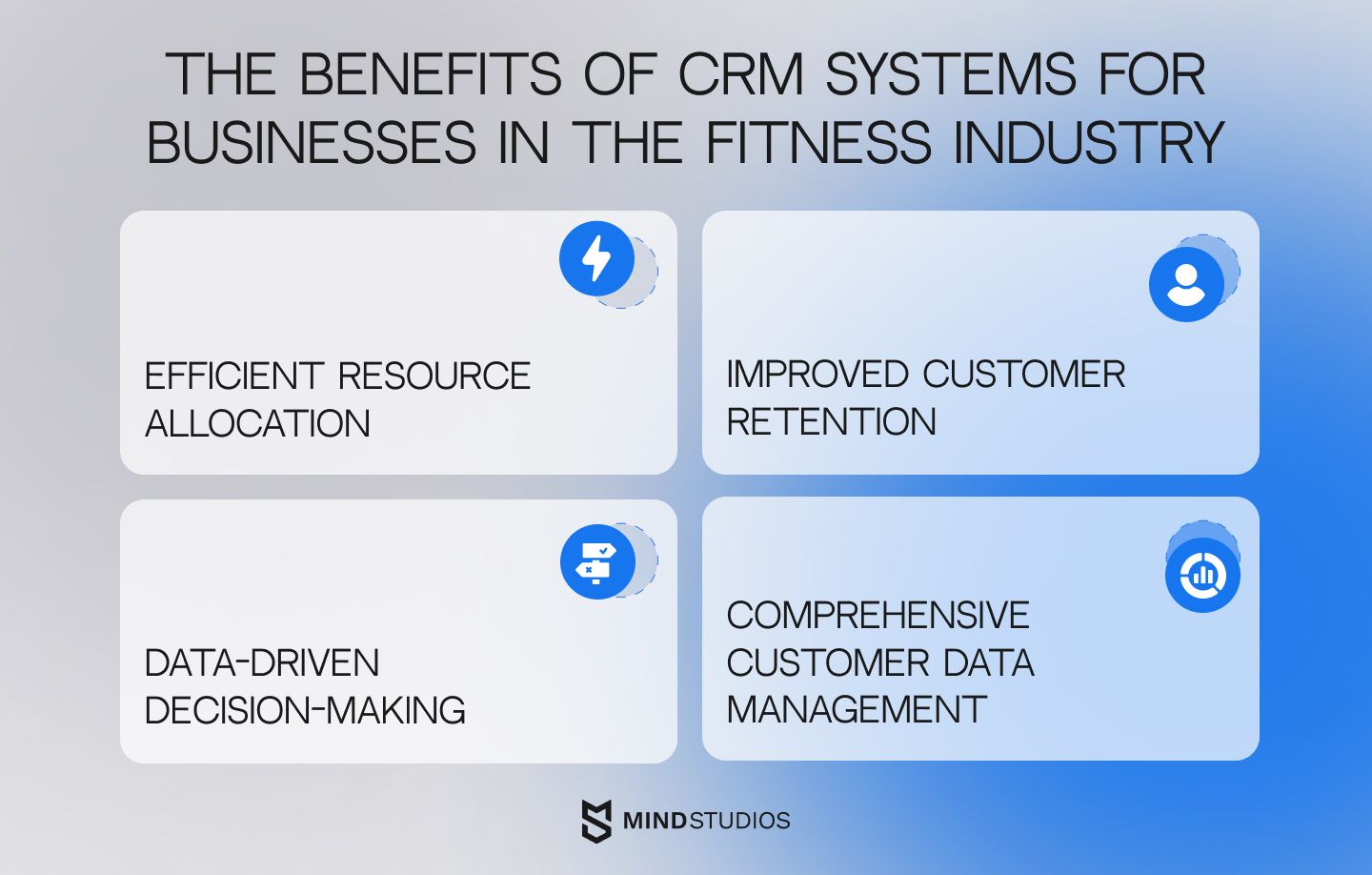
Comprehensive customer data management
The main point of using fitness CRM systems lies in their ability to centralize information and provide a unified view of client profiles, preferences, and engagement history. These systems use secure and scalable databases, ensuring data integrity and accessibility.
To be more specific, when a gym or an online fitness platform implements a fitness CRM system, it can seamlessly organize member details, track attendance, and analyze workout patterns, offering a holistic view of customer interactions. Relieved of manual data handling, business owners can efficiently track membership renewals, personalize offerings, strategize marketing campaigns, and manage other activities that help their businesses grow.
Improved customer retention
CRM for personal trainers, gyms, and online platforms enables the delivery of personalized services by tracking individual preferences, fitness goals, and progress. For instance, a coach using CRM can access a client's workout history, activity preferences, and past feedback. Based on this data, they can tailor the workout sessions to the client's evolving needs for a more effective and engaging experience.
Moreover, by utilizing CRM systems, fitness businesses can engage clients proactively with automated reminders, targeted offers, and personalized communications. For example, a gym can use CRM to send notifications about upcoming classes and personalized workout suggestions, enhancing client engagement.
In the long run, such personalized experiences enable fitness businesses to understand their clients, address their specific needs, and continuously adapt services based on client feedback. Enhanced with CRM systems, fitness businesses create a sense of connection with the brand, ultimately building strong, long-lasting relationships with customers.
Data-driven decision-making
The most efficient way to provide a service your audience will love is to listen to its requests. Fitness CRM systems facilitate the collection of client feedback through features like automated surveys and integration with communication channels. Let’s say a fitness studio decides to incorporate this technology. By analyzing this feedback, the business can identify popular instructors, preferred time slots, equipment requests, etc. This data can help them optimize their operations to meet client expectations.
On top of that, advanced CRM systems offer predictive analytics functionality so that fitness businesses can make informed decisions on future trends, adjust their offerings, and optimize resource allocation.
Last but not least, such tools can assist entrepreneurs in managing and tracking sales and analyzing data to identify the services that customers most value to create successful marketing campaigns.
Efficient resource allocation
Fitness CRM software plays a crucial role in helping fitness businesses optimize resources. Take a gym using CRM as an example. By obtaining data-driven insights into class attendance, trainer availability, and equipment usage, the facility can ensure optimal staffing levels and equipment availability during high-traffic times.
Key functionalities of fitness CRM systems
The significance of the benefits mentioned above directly depends on how advanced and reliable the CRM system is. Based on Mind Studios' experience with fitness platforms, we came up with a list of features that can maximize the impact of the software on your business.
| Feature | Purpose |
|---|---|
| Client profile management | Tracking and organizing client data, including preferences and progress, to ensure personalized service delivery |
| Appointment scheduling | Streamlining the booking process, reducing administrative workload, and ensuring a hassle-free customer experience |
| Automated reminders | Enhancing client attendance and participation by sending automated reminders for appointments, classes, special offers, etc. |
| Progress tracking and analytics | Providing insights into fitness progress, which enables data-driven decision-making and goal adjustments |
| Attendance tracking | Monitoring client attendance to help trainers identify patterns, providing insights for optimizing class schedules |
| Customized workout plans | Creating tailored workout plans based on individual client needs, goals, and progress, fostering a sense of personalization |
| Communication hub | Facilitating timely communication between trainers and clients to address concerns and requests quickly, ensuring a supportive environment |
| Billing and payment integration | Simplifying financial transactions to free up trainers’ time and provide clients with a transparent view of their payment history |
| Membership management | Managing memberships, subscriptions, and renewals to ensure a smooth and continuous client engagement process |
| AI-powered recommendations | Utilizing artificial intelligence to analyze client data and offer personalized recommendations, thus enhancing the effectiveness of training programs |
| Client feedback and surveys | Gathering feedback on the fitness experience to address clients’ concerns or suggestions and improve the services |
By incorporating these functionalities into a CRM system, fitness businesses can create an ecosystem that streamlines operations and fosters lasting connections with clients.
Best practices for fitness CRM system implementation
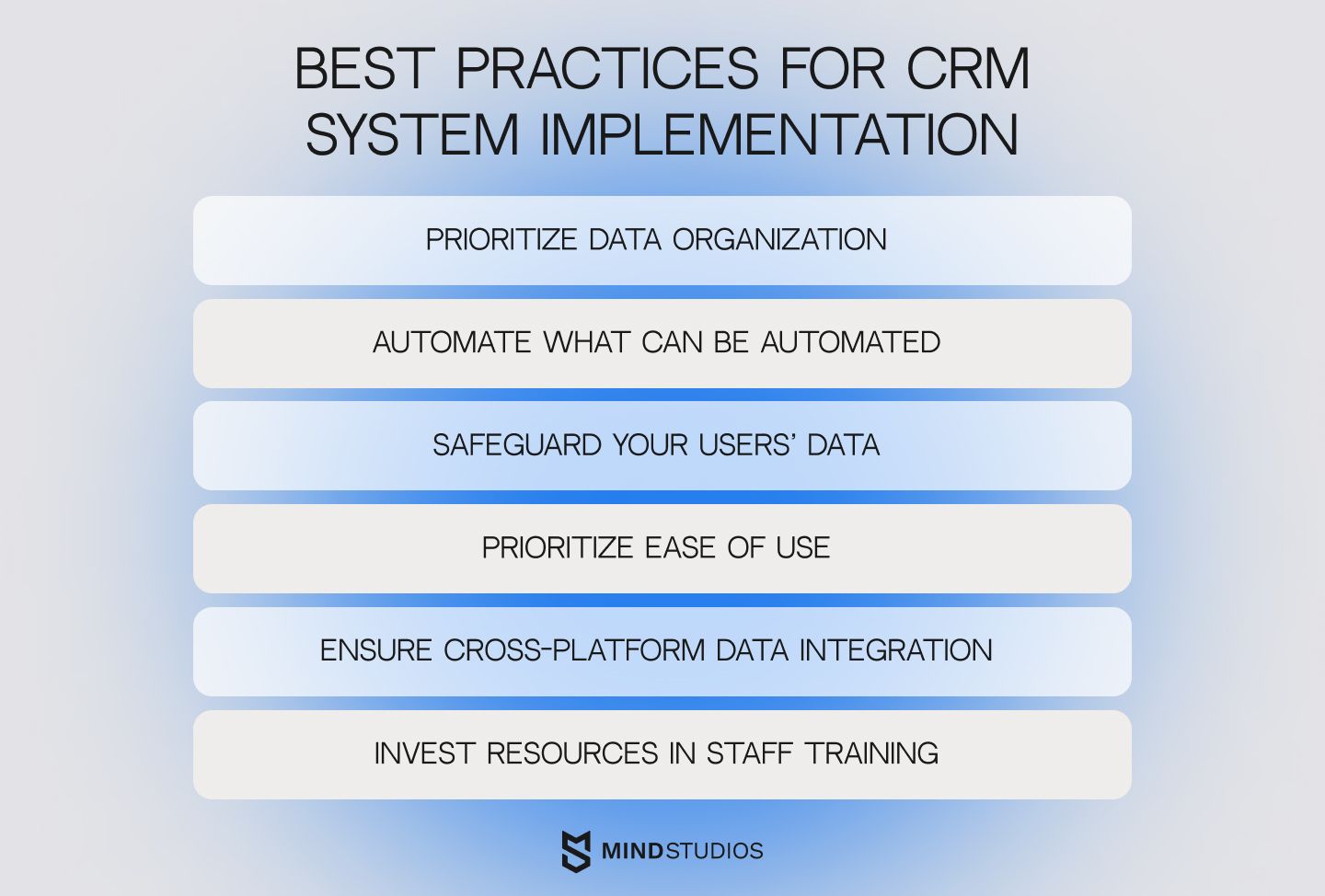
Let’s say you are considering adopting a customer relationship management system. What should you take into account? And how can you maximize the benefits of the solution? Here are the best practices that we recommend following.
Prioritize data organization
Imagine how hard it would be to find a document on a messy shelf, where every piece of information is stored in different-type folders. It’s kind of the same with digital data storage. To be able to leverage data collected through fitness CRM systems, you need to establish a clear data structure, standardize data entry protocols, segment client data, and implement a tagging system.
Also, keep in mind that data used in CRM software needs to be regularly cleaned and updated. For this, we recommend using custom fields for specific information and enabling automated data collection.
Automate what can be automated
One of the main reasons for using fitness CRM software is to simplify the everyday tasks of sports trainers. Therefore, we encourage you to use the technology to automate routine tasks, especially those that involve data management processes. This includes attendance tracking, financial management, certain types of communication, etc. This way, you can relieve your fitness team from manual data entry, allowing them to focus on what they do best.
Safeguard your users’ data
CRM systems collect, store, and process tons of data, including information about customers. This can range from names and contact details to health information. That is why compliance with data security and privacy regulations is a non-negotiable practice in gym CRM software implementation. To make sure your users’ data is protected, you need to implement encryption protocols and access controls. Also, we recommend establishing transparent privacy policies and developing strategies for possible data breach incidents. Following these steps is the only way to build trustworthy customer relationships.
Prioritize ease of use
Imagine you invest a ton of money in a custom CRM system, and then people you’ve built it for refuse to use it. Such resistance can happen if the new software seems like a burden that slows the workflow. Therefore, one of the main priorities in the development process should be an intuitive design that allows end users to quickly and seamlessly navigate the solutions, even if those users are not tech-savvy.
Ensure cross-platform data integration
To maximize the effectiveness of your fitness CRM system, it has to become part of a bigger ecosystem, communicating with various platforms and solutions to deliver a comprehensive experience. In practice, this means integrating CRM data with scheduling tools, billing systems, accounting platforms, and other solutions your business uses. Ensuring such interoperability can help you eliminate data silos, enhance operational efficiency, and enable staff to utilize comprehensive customer data without switching between different systems.
Invest resources in staff training
Before implementing the system into your workflow, you have to make sure everyone involved is on the same page. Your team needs a roadmap that will help them use the new tool. The introduction process can involve conducting training sessions, providing online resources, or bringing in CRM experts.
During the training, the staff will need to learn how to input client data, interpret insights provided by data analytics tools, generate reports, communicate with clients, and more. However, the system's functionality is not the only thing you need to address. Encourage an open conversation with your team, especially if you run an offline facility. The goal here is not only to teach them how to leverage a fitness CRM system, but also to showcase how it can be of value to them.
Client engagement strategies with fitness CRM
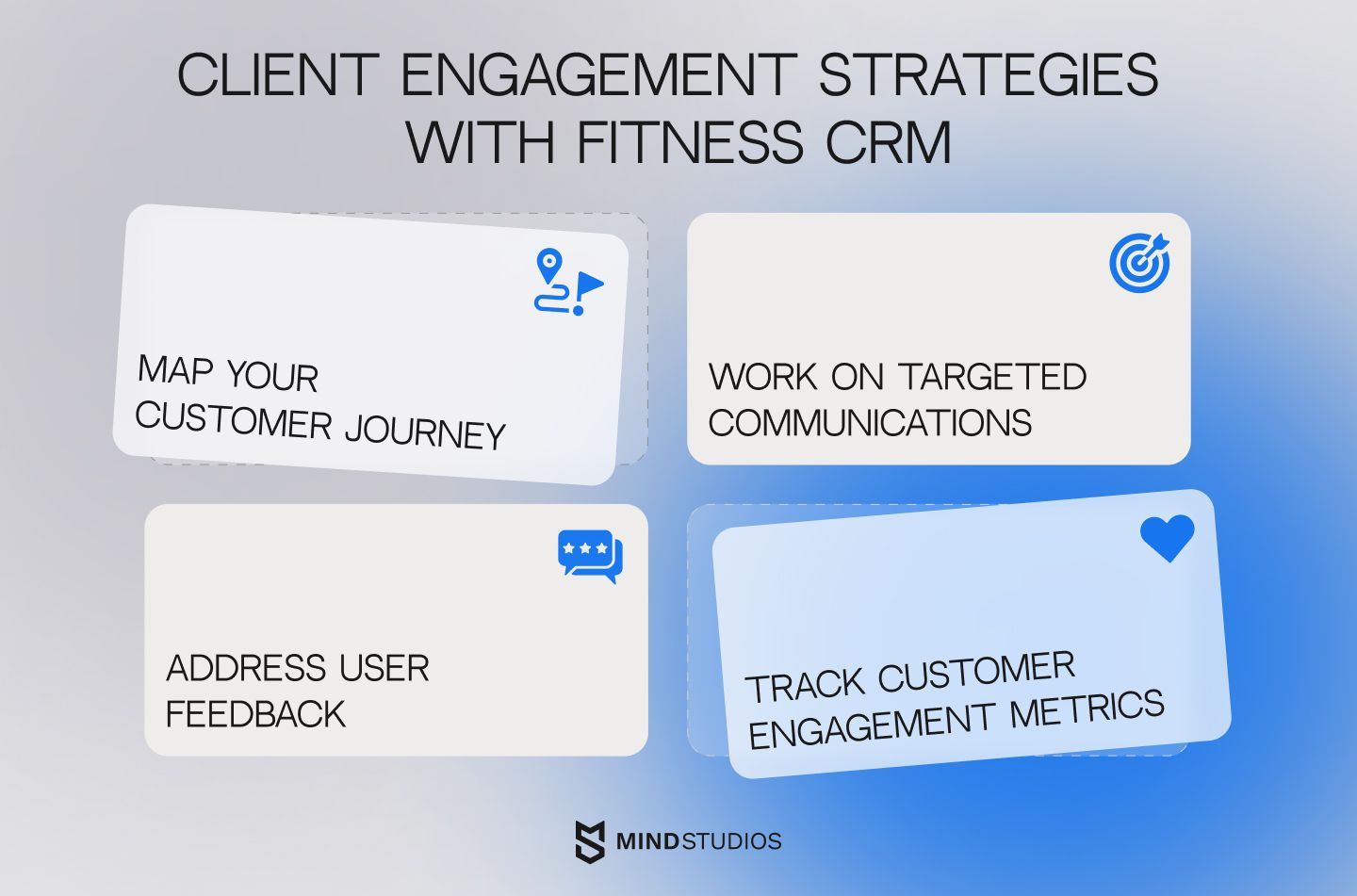
As we’ve established earlier, customer relationship management is an effective tool for improving customer retention. Let’s explore the strategies for using online fitness platforms, gyms, and personal trainer CRM software specifically for client engagement.
Map your customer journey
First things first, you need to understand how people interact with your business, what pushes them to start using the services you offer, and what encourages them to stay. A fitness CRM system can be useful here to track and visualize the touchpoints, channels, and actions that your customers take along their journey, as well as identify the gaps, opportunities, and challenges that affect their experience.
If you’re in this industry, you know how competitive it is. Your target audience encounters plenty of similar services, and if your approach resonates with them, they’re more likely to stick with you. Mapping the customer journey is an opportunity for you to understand your customers better and provide them with what they are looking for, be it personalized messaging, easy-to-use software, or something else.
Work on targeted communications
With fitness CRM software, businesses can use customer data to segment them based on preferences, fitness goals, engagement history, and other metrics. Why? To tailor the communication strategy.
Imagine a gym has a class specifically for pregnant women. A targeted communication strategy might involve sending them exclusive content on safe and beneficial exercises during pregnancy, along with personalized invitations to the specialized class. This approach will showcase the gym's commitment to the well-being of its members.
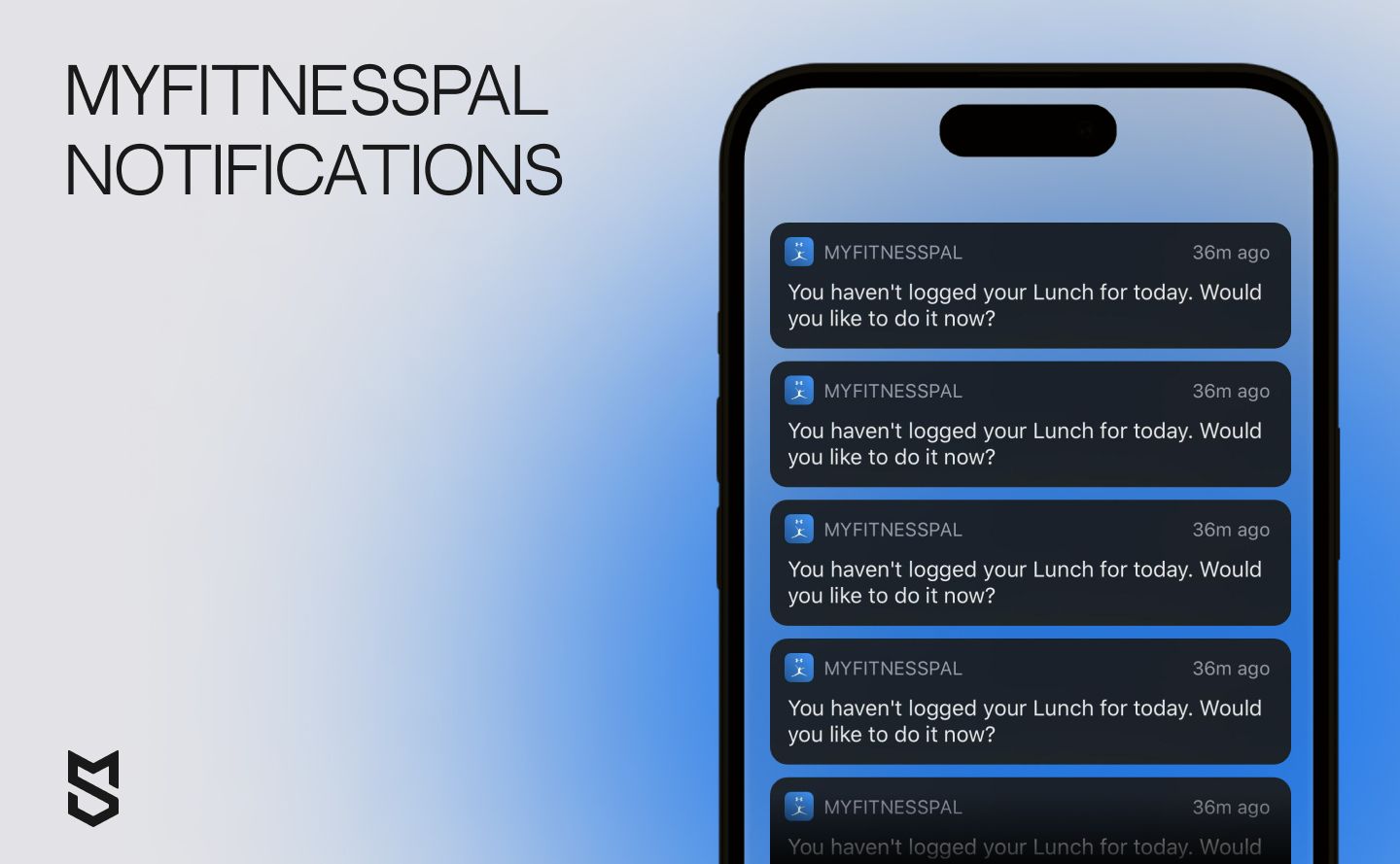
At the same time, while personalization is generally a good tip, sometimes the simplest option works as well. For instance, here is what Nathan Hudson, a MyFitnessPal user, wrote about the platform on his LinkedIn: “My favourite app has the worst CRM strategy ever. But it genuinely works!” Nathan explains he’s been using the app for over five years, and the persistent push notifications have remained the same. The consistency and simplicity of these messages reflect the app's functionality. And as long as it works, they don’t really need to get experimental with the copy.
You can try out different communication approaches and track their effectiveness with a CRM system to choose the one that works best for your audience.
Address user feedback
Feedback from the end users can be the driving force of your business if you know how to use it. By integrating surveys and feedback forms into the CRM system, businesses can gather insights into areas for improvement. For instance, after introducing a new experimental program, you can collect feedback about the clarity of the instructions and the overall experience. Then, the coaches can use these insights to polish their programs to meet client expectations.
Fitbit, for example, utilizes its CRM system to gather feedback through post-workout surveys and in-app feedback mechanisms, collecting insights on user experiences, workout preferences, and device satisfaction.
Track customer engagement metrics
Even with amazing customer feedback, you still can’t be completely sure whether you’re maximizing the impact of the engagement efforts without tracking the numbers. Therefore, when using a fitness CRM system (and any other software, for that matter), it’s important to set specific key performance indicators (KPIs). In case of customer engagement, these may include customer lifetime value, customer satisfaction score, conversion and churn rates, user activity, and session time.
Advanced CRM for gyms, personal trainers, and online fitness platforms can help collect and manage these metrics. With the system's data-driven insights, businesses can analyze their engagement strategies and adjust them accordingly.
Mind Studios' experience
With software for fitness-related projects being one of our main focuses, Mind Studios has vast experience developing solutions that streamline business operations, including CRM systems. Our longest-lasting case in this niche is Fitr, a remote coaching platform we’ve worked with since 2018.
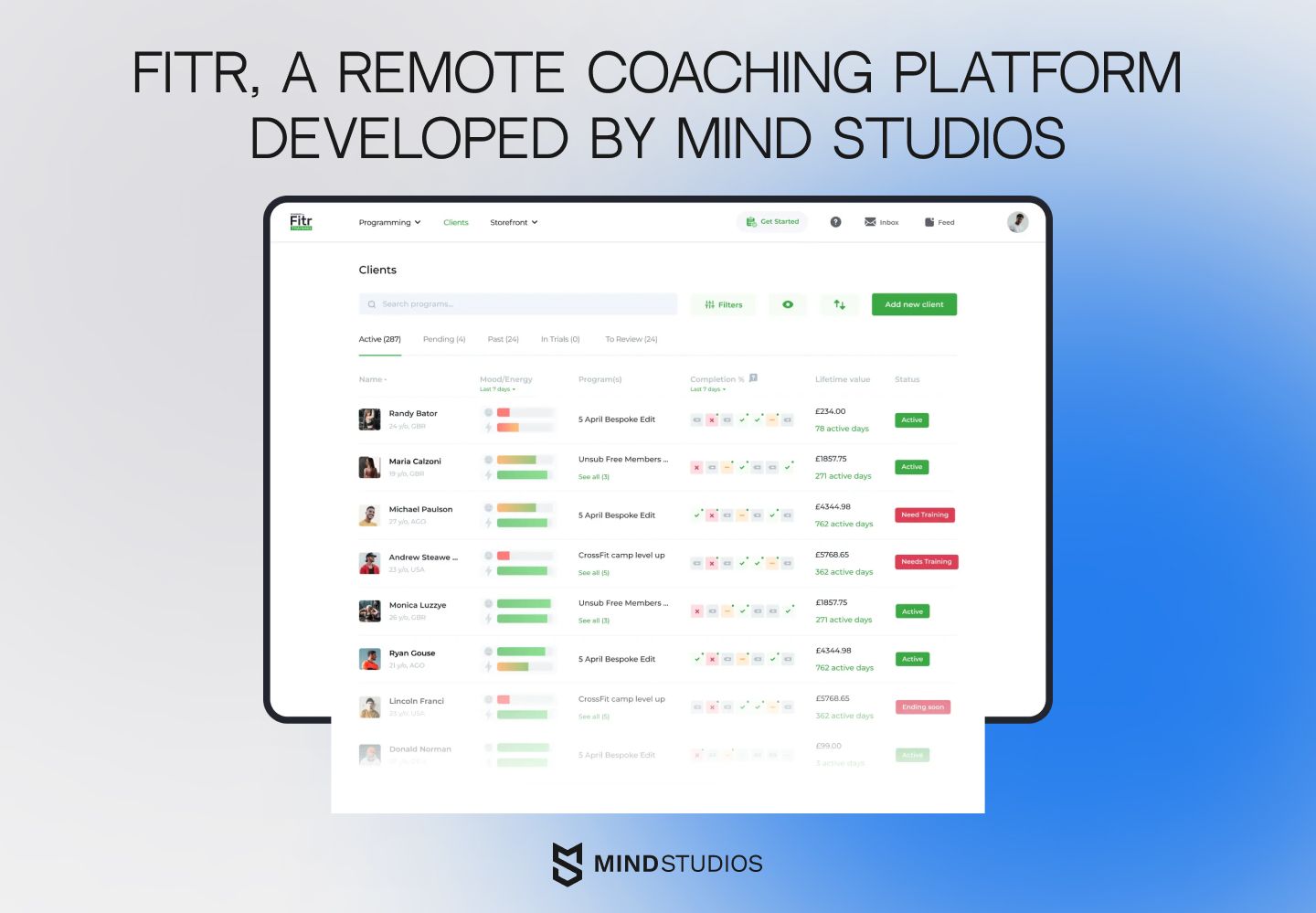
When Leon Cassidy, our client, came to Mind Studios, he had a specific goal of providing gym coaches with a platform that would help them grow their client base by expanding to the online fitness niche. So, that’s precisely what we set out to do. After studying the needs and pain points of coaches, we knew we had to build a platform that offered the following functionality:
- Client management so that coaches could add and remove clients, assign programs attached to a calendar, monitor progress, and process feedback;
- Program management with a simple and intuitive builder for various types of programs, allowing coaches to assign customized routines to clients;
- Communication tools like group and personal chats for connecting with clients and other coaches;
- All-in-one payment management system as an alternative to bank transfers and cash payments.
Additionally, we implemented a functionality that allows coaches to provide services at different gyms from their personal accounts. For gyms, it presented an opportunity to monitor activities by each member without the need to distribute credentials among coaches. For coaches, it enabled participation in multiple gyms or teams using the same account.
Fitr became a comprehensive platform where coaches can manage all aspects of their business. Our effort paid off: as of 2023, the platform reached 130 thousand monthly visits and £10 million earned by coaches. Years after the launch, Mind Studios continues to update and provide maintenance services for it.
Conclusion
The impact of CRM in the fitness industry goes beyond managing customer data. When customized to the specific business’s needs, the system helps build meaningful client relationships, which inevitably drives business growth. For both offline facilities and online platforms, CRM tools enable personalized client interactions and efficient resource allocation, empowering business owners and fitness professionals to succeed in this competitive industry.
At Mind Studios, we follow a tailored approach to fitness CRM software development. Working closely with our clients’ in-house teams, we build solutions based on their unique processes, goals, and pain points. This allows us to deliver a made-to-measure solution that solves real challenges. So, if you are thinking about making a CRM system part of your operations, reach out for a free consultation so that we can discuss your requirements and see how our team can meet them.

